Electric trikes are fast becoming a popular choice for adults looking for a fun, efficient, convenient, and eco-friendly way to commute, run errands, or simply enjoy the outdoors.
While riding an adult electric tricycle is a smooth and stable experience at low speeds, there are some important safety concerns to keep in mind, especially when you push the limits of power and speed.
In this blog post, we will walk you through the key safety concerns when riding an adult electric trike and provide top safety tips to help you have a secure and enjoyable ride.
What are the Key Safety Concerns of Riding an Adult Electric Trike
Tipping and Handling in Turns
Even though the three-wheel design offers extra stability compared to a two-wheeler, taking sharp turns or riding at high speeds can lead to a tipping hazard. When cornering too fast, the inner wheel might lift off the ground, reducing the overall balance and increasing the risk of a crash.
In that case, riders need to adjust their speed and lean appropriately to maintain control.
Braking and Speed Control
Electric trikes for adults often come with powerful motors that can deliver rapid acceleration. Without effective braking systems, or if the brakes aren’t well maintained, stopping quickly, especially on downhill sections or in emergencies, can be a challenge.
Many trikes offer either mechanical or hydraulic disc brakes, and ensuring they are properly maintained is essential to avoid accidents.
Weight Distribution and Overloading
Even though electric trikes are built to carry extra weight, improper weight distribution can cause instability. Overloading the trike or unevenly distributing weight can shift the center of gravity and make the vehicle harder to control, particularly during turns.
Make sure to check the manufacturer’s weight limits and distribute any load evenly to maintain balance.
Battery and Motor Considerations
The battery in an electric trike adds significant weight. Poor battery placement or deterioration can affect the center of gravity, leading to instability. Moreover, if the battery overheats or fails, there’s a risk of sudden power loss or, in extreme cases, fire.
It’s important to follow proper charging protocols and schedule regular battery maintenance.
Mechanical and Maintenance Issues
Electric trikes incorporate several complex components, like electric motors, batteries, braking systems, and specialized suspension, which require diligent maintenance. Over time, wear and tear on brakes or suspension components can compromise handling, especially during turns.
Mechanical failures can occur if components are not regularly inspected and serviced. For example, worn-out tyres or misaligned brakes could lead to reduced control during sudden stops or emergency maneuvers.
To keep your ride as safe as possible, it’s essential to follow the manufacturer’s maintenance schedule and address any issues immediately.
Regulatory and Behavioral Factors
You must follow the traffic rules and local regulations implied on electric trikes for adults, which can vary by region. It is essential to understand the rules of the road, including speed limits and parking restrictions. Riding responsibly and following these guidelines will not only keep you safe but also help you avoid fines or legal issues.
Top Safety Tips for Riding Adult Electric Trikes
Now that we have covered the key safety concerns, let’s discuss some practical safety tips that you can follow to ensure a secure ride.
1. Wear Proper Safety Gear
Always start with the basics. Wearing a good-quality helmet, gloves, and protective clothing is essential. This gear can protect you in case of falls and collisions. High-visibility clothing also helps others see you on the road.
2. Perform a Pre-Ride Safety Check
Always do a quick check before each ride. Check the tyre pressure, brakes, battery level, lights, and overall mechanical integrity. A quick pre-ride inspection can catch small issues before they become serious.
3. Follow Traffic Rules and Regulations
It’s important to obey all traffic laws. Use bike lanes where available. If riding on the road, be predictable, follow speed limits, stop at traffic signals, yield when necessary, and signal your turns clearly. Adhering to these rules not only keeps you safe, but also builds respect among other road users.
4. Be Aware of Your Surroundings
Stay alert at all times. Keep an eye on other vehicles, pedestrians, and unexpected obstacles. Avoid distractions such as mobile phones while riding. Constant awareness allows you to react quickly in emergency situations.
5. Use Lights and Reflective Gear for Visibility
Visibility is a key factor in preventing accidents. Make sure your trike’s lights are functioning, and consider adding reflective stickers or gear. Use high-visibility or reflective apparel to improve your presence on the road.
If necessary, upgrade them or add extra reflective gear to ensure you’re seen by other road users, especially in low-light conditions.
Though, modern electric trikes for adults like the Arisetan II M-360 and the Grandtan II from Addmotor, feature integrated lighting systems, but extra caution is always beneficial in low-light conditions.
6. Adjust Speed for Safety
Tailor your speed to the environment. Slow down on busy streets, in residential areas, or when the weather is poor. Even if your adult electric tricycle is capable of higher speeds, for instance, the Arisetan II M-360 can reach 25Kph, still, riding at a moderate pace gives you more time to react to hazards.
7. Learn Proper Braking Techniques
Knowing how to brake properly can prevent accidents. Practice gradual braking rather than sudden stops. If your trike has advanced braking features, learn how to use them effectively.
The Grandtan II’s Tektro Mechanical Disc Brake with automatic motor cutoff is a great feature, but it’s only effective if used correctly. This skill is especially important when navigating downhill or in crowded areas.
8. Adjust Your Electric Assist Levels
Use lower pedal-assist settings when you’re new to riding or in heavy traffic. Gradually increase as you become more comfortable. Also, know your throttle and understand how quickly your trike accelerates and decelerates so you can manage speed safely.
Regular Maintenance and Upkeep of Adult Electric Trikes
1. Battery Care:
- Always use the manufacturer-recommended charger and follow the suggested charging routine.
- Avoid letting the battery discharge completely, and unplug it once fully charged to prevent overheating.
- When not in use, store the battery in a cool, dry place.
- If you plan to leave your trike unused for an extended period, remove the battery to protect it from extreme temperatures and moisture.
- Periodically check for any signs of damage, corrosion on connections, or swelling. Replace the battery when its performance drops significantly.
2. Brake Maintenance
- Before each ride, test your brakes by gently applying them to ensure they engage properly.
- Clean the brake pads regularly, and adjust the braking system as needed to maintain optimum stopping power.
- Replace brake pads and other brake components when they show signs of excessive wear.
3. Tyre and Wheel Upkeep
- Check tyre pressure before each ride using a gauge. Keeping tyres inflated to the recommended PSI enhances traction and handling.
- Look for signs of wear, cuts, or punctures. If you ride on rough surfaces, consider using tyre liners or sealants to minimize the risk of flats.
- Ensure wheels are grounded and properly aligned to avoid wobbling, which can affect overall stability.
4. Drivetrain and Chain Care
- Regularly clean the chain, derailleur, and gears. Apply a good-quality bicycle lubricant to keep the chain moving smoothly and to reduce wear on components.
- Monitor chain stretch and gear wear periodically. Replacing worn parts promptly will improve performance and prevent unexpected breakdowns.
5. Electrical and Control Systems
- Check the wiring for any fraying or loose connections.
- Ensure that all electrical components, including the display panel, throttle, and sensors, are functioning correctly.
- Test all lights (headlights, taillights, turn signals) before riding.
6. Frame and Structural Integrity
- Regularly examine the frame, fork, and other structural parts for any signs of cracks, dents, or corrosion.
- Periodically check that bolts, screws, and other fasteners are secure. Vibration from riding can cause these to loosen over time, affecting safety and performance.
Conclusion
Riding an adult electric tricycle is not only a fun way to travel, but it also offers freedom and independence. However, safety should always be your top priority.
By understanding the key safety concerns and following these tips, you can enjoy a smooth and secure ride.
Models like the Addmotor Grandtan II and the Arisetan II M-360 electric trike have been designed with safety in mind. Their thoughtful engineering and high-quality components, including robust motors, reliable batteries, and advanced braking systems, make them excellent choices for those who value safety as much as performance.
Yet, no matter how well your trike is built, the best safety tool you have is your own awareness and proper riding habits.

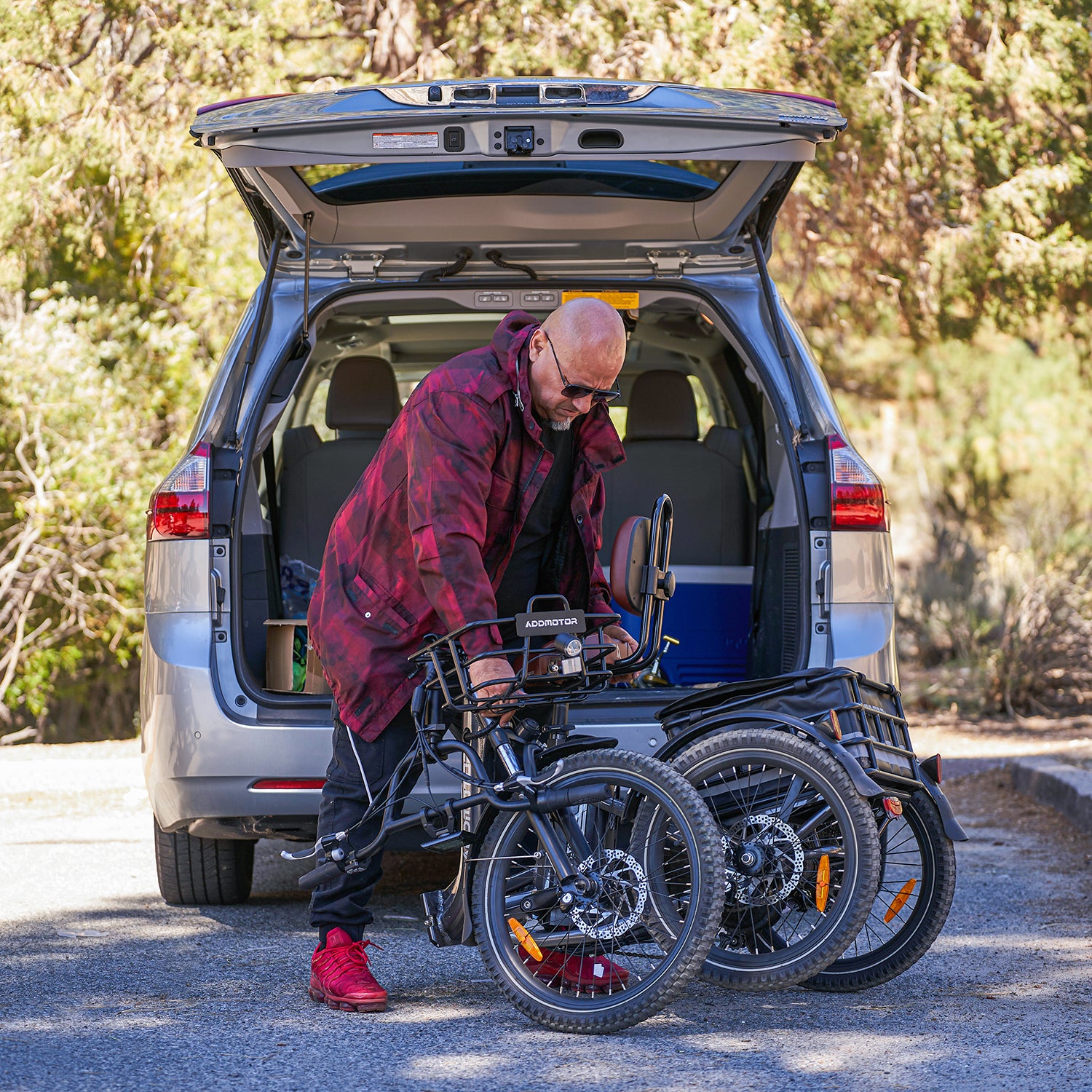
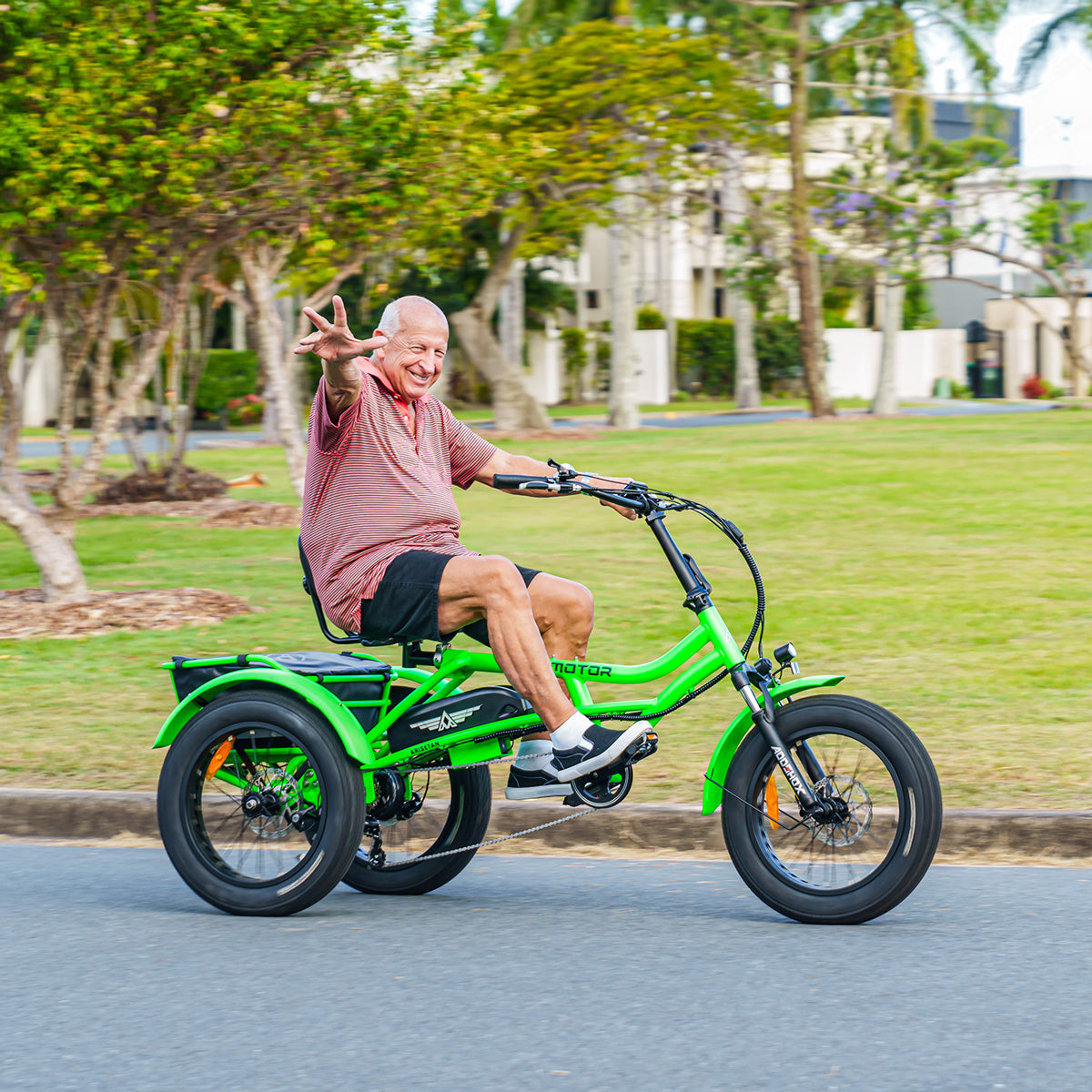
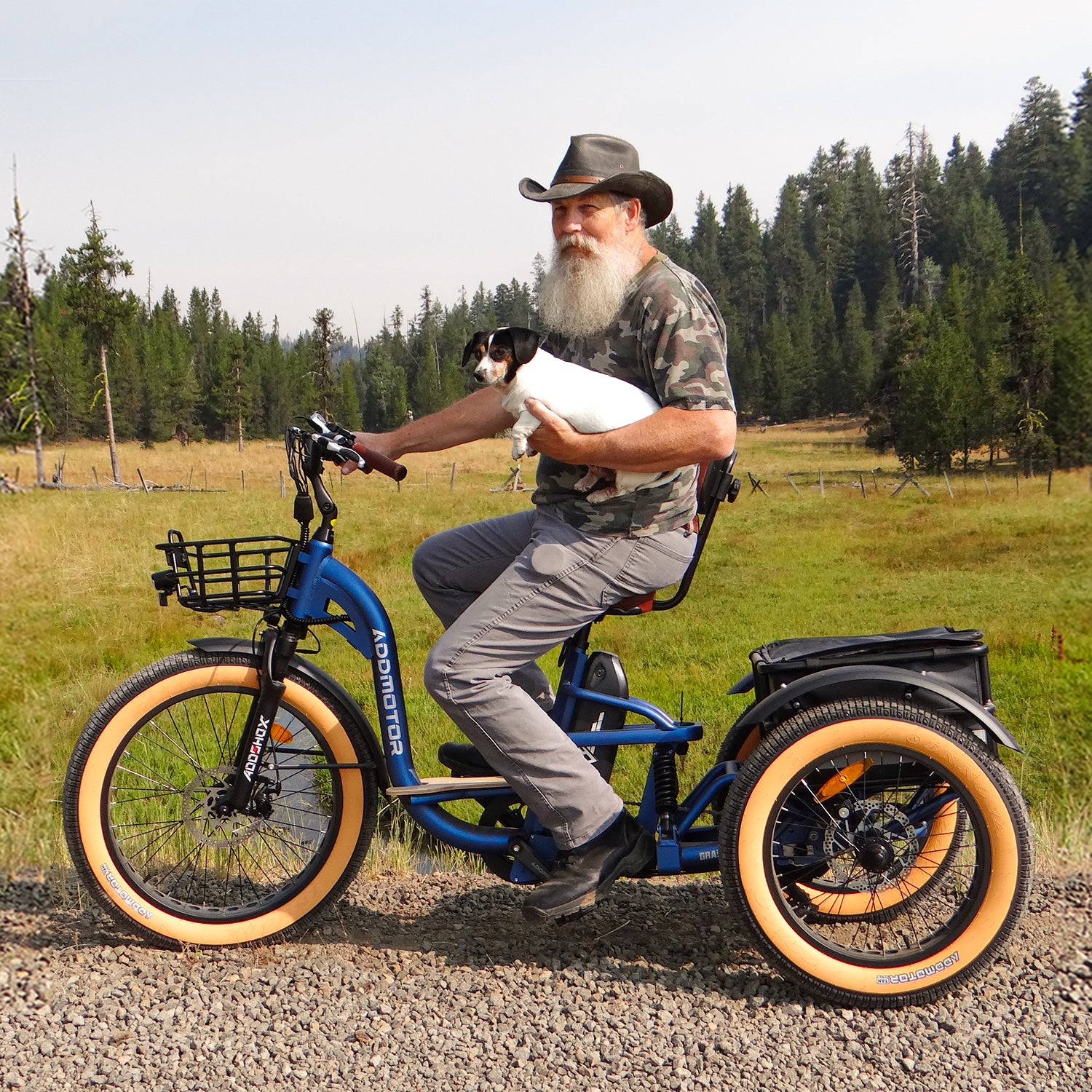
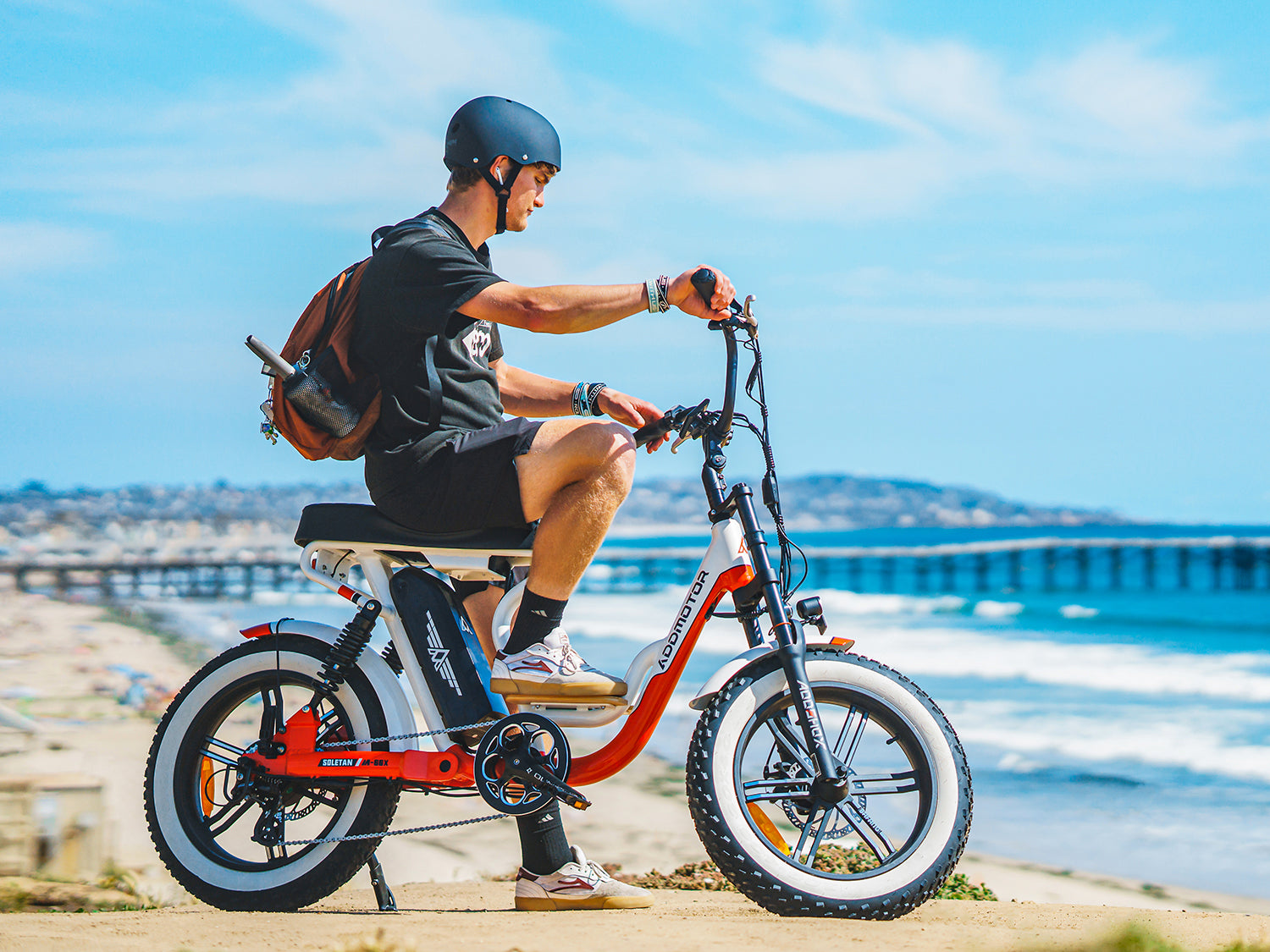
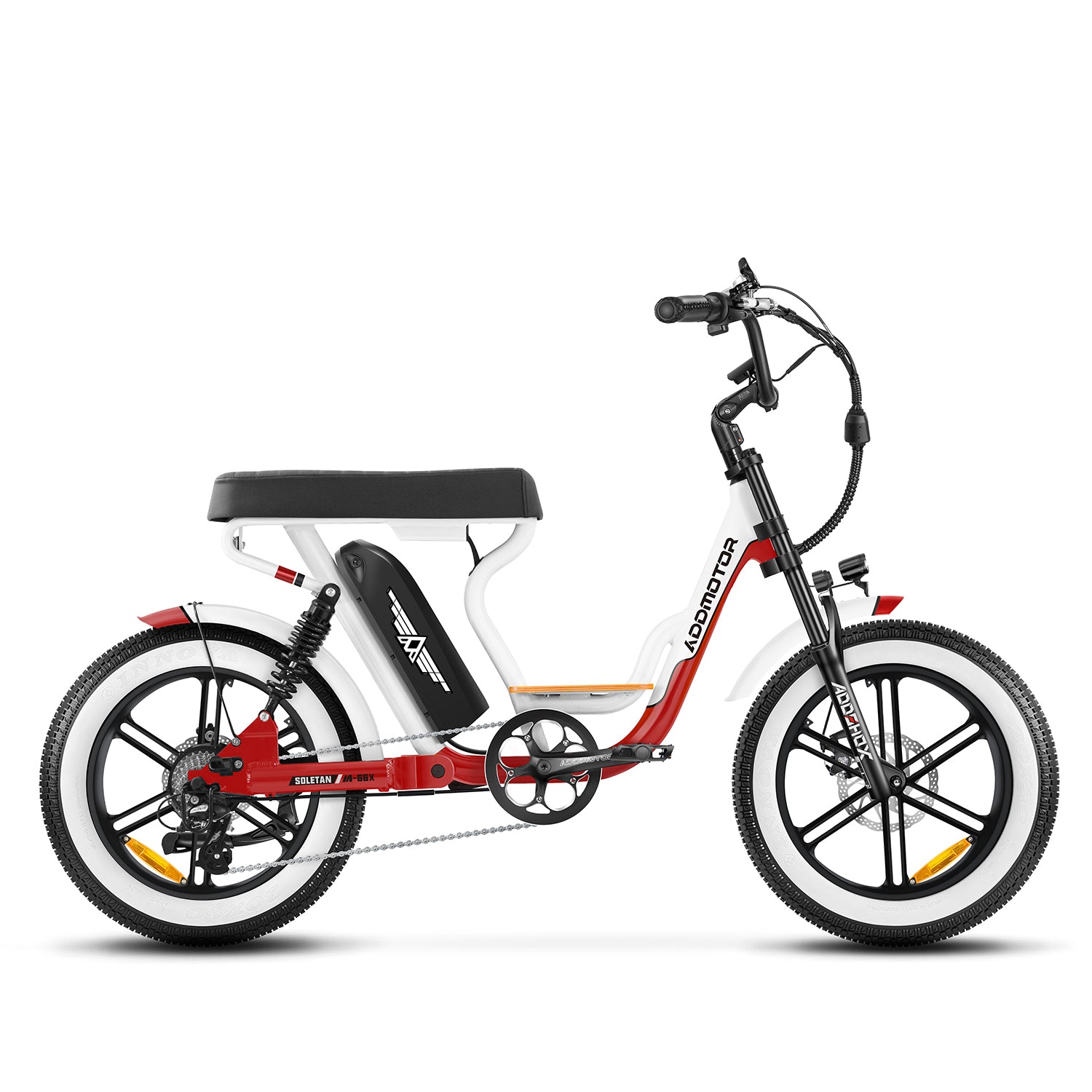
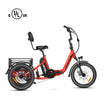
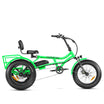
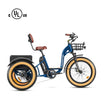
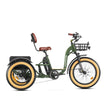
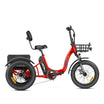
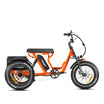
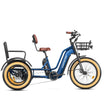
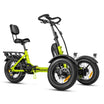
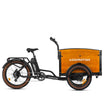
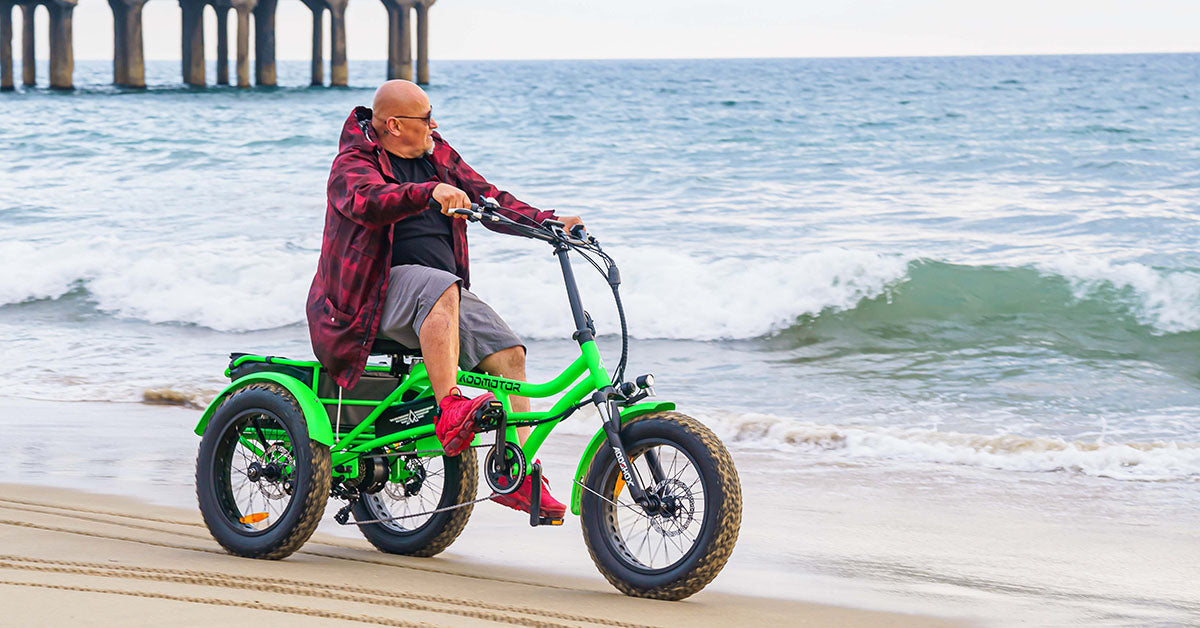
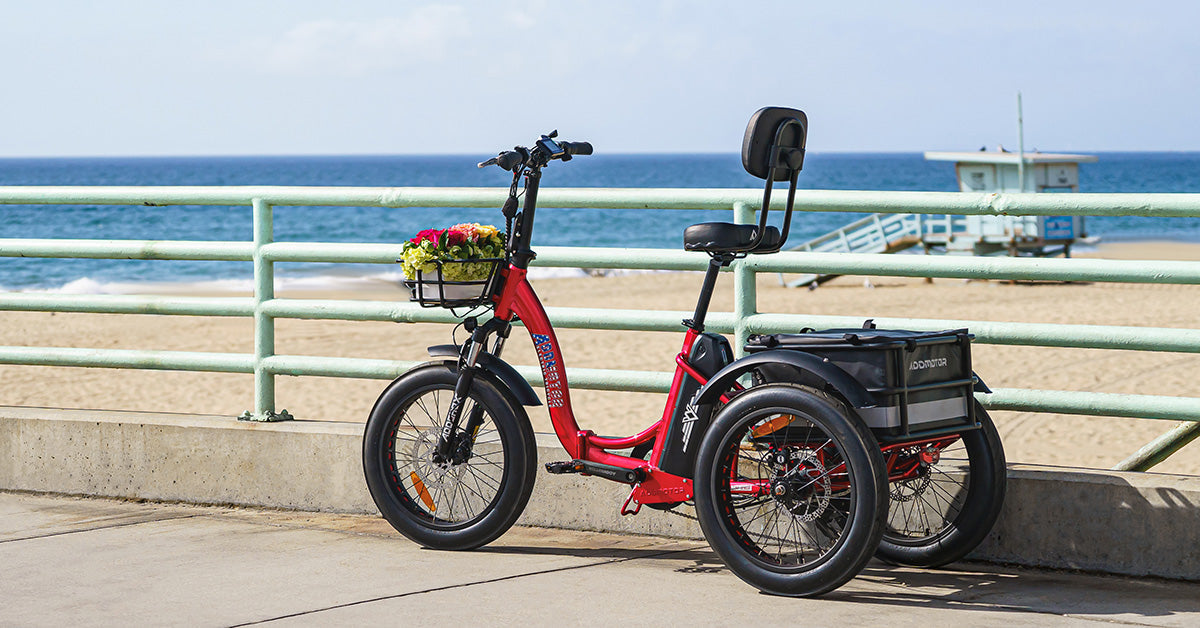
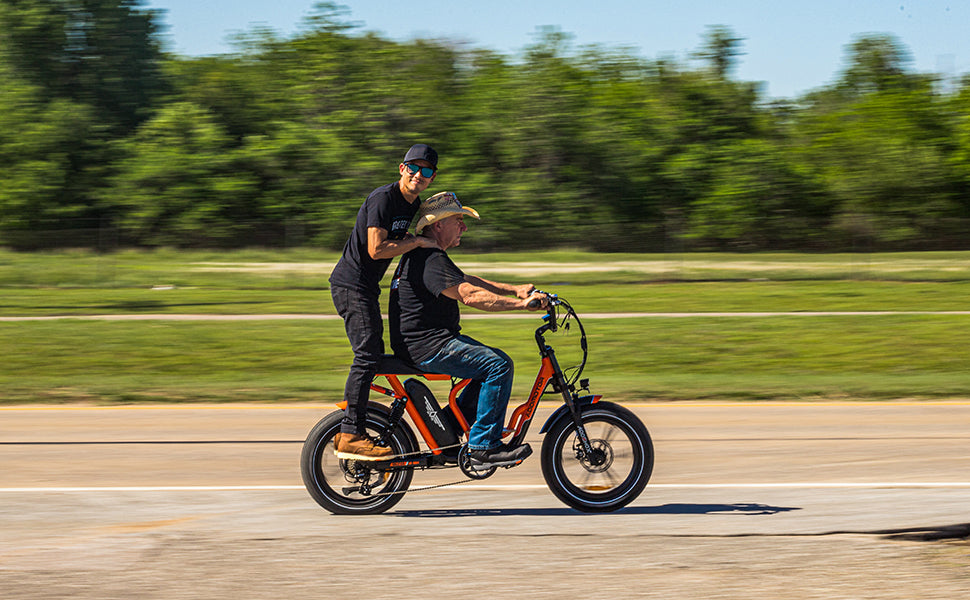
Leave a comment
This site is protected by hCaptcha and the hCaptcha Privacy Policy and Terms of Service apply.